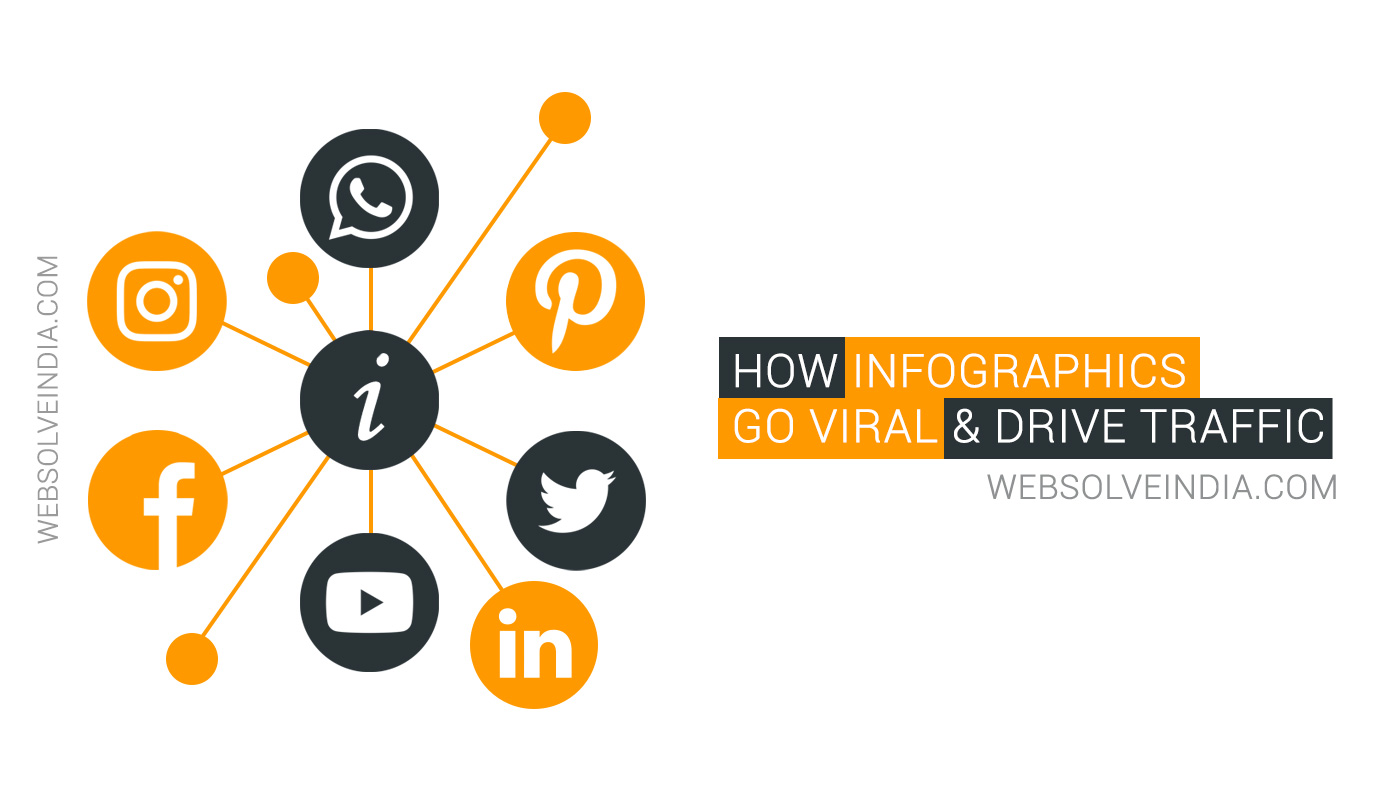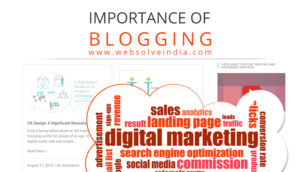Do you run a website? Are into the exercise of regular blogging? Yes! You must then already know that it’s no longer possible to draw your readers with text information. Online users now demand details to be presented in an interesting manner. Of course, these could be images, visuals, graphics or even infographics!
What is an Infographic?
They mostly refer to the graphical version of all data or information. In simple words, a piece of information that’s supposed to be conveyed across. To illustrate, a few common types of infographics include bar graphs, pie charts, histograms, or mind maps. Wondering why visual representation is needed?
Reasons to Use Infographics
So, you wish to convey important data records, figures, or chronology of any kind? Well, present them with infographic content. They work much better in drawing interest. Besides, also helps to remember information longer.
They may be great at their job. However, what’s the point of spending hours creating one if nobody knows they exist? In other words, successful infographics are those that have the potential to go viral!
And how do you go about doing that? Let’s show you some simple ways.
Benefits of Using Infographics
1. Create an SEO press release
A press release backing up your infographic content is an ideal way to tell your audience what went behind the research. Furthermore, importance is given to the learning derived from the research. Besides, how the latter succeeded in creating an impact on the target audience.
Now if you optimise the release, all the better because:
- It helps improve keyword ranking
- Your infographic content starts becoming visible
- You can put a lot of inbound links, and most important;
- It drives traffic to your site
2. Get it all out on social media
You create good infographics and you don’t put them out on social media channels? Do you consider them not made at all? Hey! Social media rules today. If you have to get the word out; that’s the way. You may even consider creating a separate social media release – less formal and more audience-friendly. It can perfectly balance your optimised press release.
Next, build a social media sharing plan as well. For instance, you publish the infographic first on your website/blog post.Then post it on other social media handles like Twitter, Facebook, or Instagram. The latter would lend support to the information graphic while creating maximum exposure for it.
3. Submit it to directories
This is another great way. Post your info-graphic on directories and archive websites specifically devoted to infographics. If someone searches with a related keyword, yours pops up right away! Some examples are Daily Infographic, Cool Infographics, and Infographics Archive
4. Begin reaching out to users manually
Manual outreach via emails is the toughest. However, it’s relatively easier with infographics. You could either post one on certain blogs that express interest in carrying it. Besides, you may choose to submit it to popular Twitter account users. They’ll take care of the rest.
To sum up
The visual description of information or explanation of data is important. You should just know to time them right. It is important that you post them at the right places. A visually convincing communication medium can surely correspond difficult data in a layout that is potentially viral. Engaging visuals communicate information quickly and clearly.



